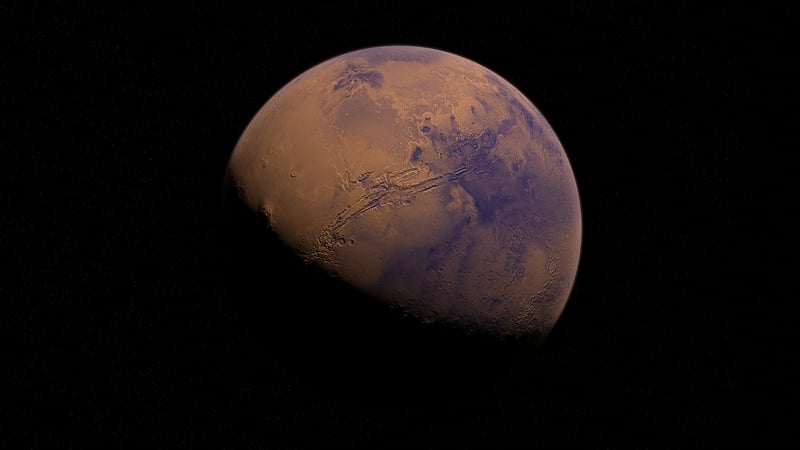Space Colonies
Exploring Unique Locations: Space Colonies
Welcome to a journey beyond Earth where we delve into the realm of space colonies, the futuristic habitats that may one day become a reality. Imagine living among the stars, experiencing life in a unique environment that challenges our perception of home and community.
What are Space Colonies?
Space colonies are envisioned as self-sustaining habitats located in outer space where humans can live, work, and thrive. These habitats could be built on celestial bodies like the Moon or Mars, or even in free space using advanced technology.
Types of Space Colonies:
- Lunar Colonies: Settlements on the Moon, offering a base for further space exploration.
- Martian Colonies: Habitats on Mars, aiming to establish a permanent human presence on the Red Planet.
- O'Neill Cylinders: Rotating space habitats designed to simulate gravity through centrifugal force.
- Bernal Spheres: Sphere-shaped structures providing living space for inhabitants.
Benefits of Space Colonies:
- Opportunities for scientific research and discovery.
- Potential for space tourism and off-world experiences.
- Expanding human civilization beyond Earth for long-term sustainability.
- Exploration of resources in space for economic growth.
Challenges of Space Colonies:
- Overcoming technological barriers for construction and maintenance.
- Addressing the psychological and physiological impacts of long-duration space living.
- Ensuring sustainable ecosystems for food, water, and air.
- Dealing with social dynamics and community well-being in isolated environments.
Experience the Future:
While space colonies are still a vision for the future, they represent a frontier of exploration and innovation that captivates the imagination. To learn more about space colonization and the possibilities it holds, check out the latest research and developments in the field.
Embark on a journey to the stars and beyond, where humanity's dreams of living in space may one day become a reality!


